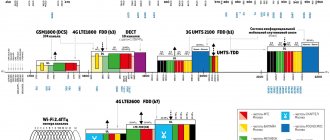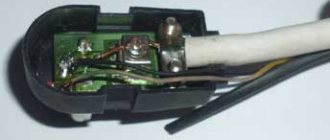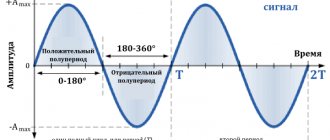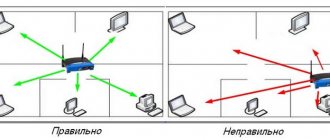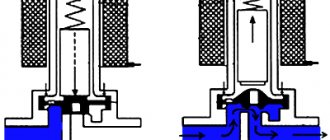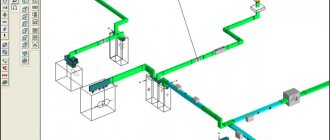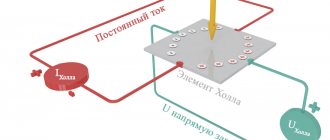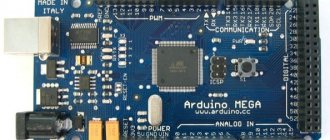Let's look at what PWM or PWM is. And also, what is the difference between PWM and WIDTH. The pulse width modulation algorithm is used to smoothly change the power to the load coming from the power source. For example, to regulate the speed of rotation of the motor shaft; smoothness of changes in the brightness of lighting or backlight. A separate wide area of application of PWM are switching power supplies and autonomous inverters.
To power a load, it is often necessary to change the voltage supplied from the power source. In principle, two methods of voltage regulation can be distinguished: linear and pulsed.
An example of a linear method is a variable resistor. In this case, a significant part of the power is lost through the resistor. The greater the difference in voltage between the power source and the consumer, the greater the loss of power, which simply “burns” on the resistor, turning into heat. Therefore, it is rational to use the linear control method only when there is a small difference between the input and output voltages. Otherwise, the efficiency of the power supply as a whole will be very low.
In modern converter technology, pulsed power control at the load is predominantly used. One way to implement pulse control is pulse width modulation PWM . In English literature, PWM stands for pulse-width modulation .
